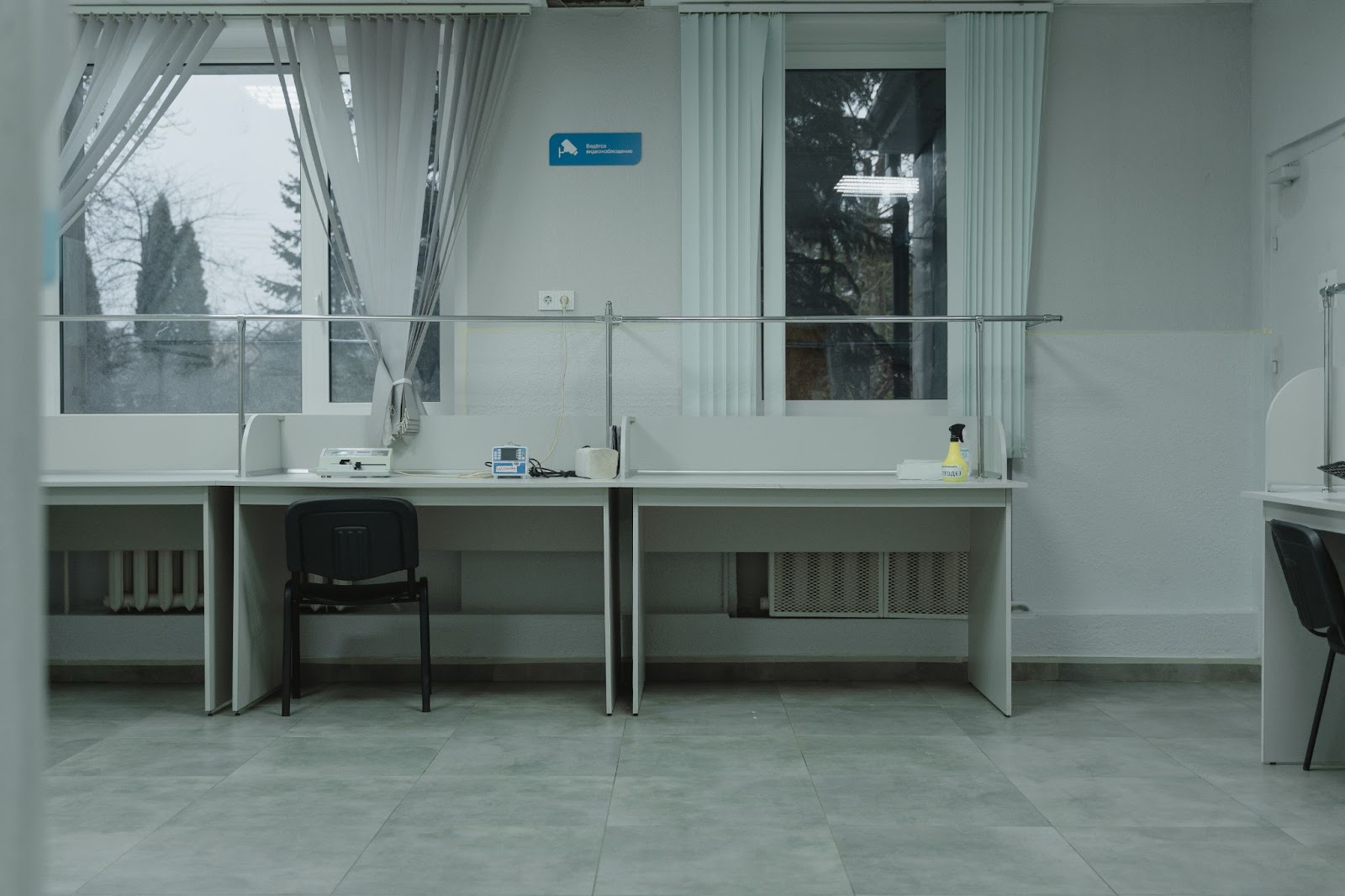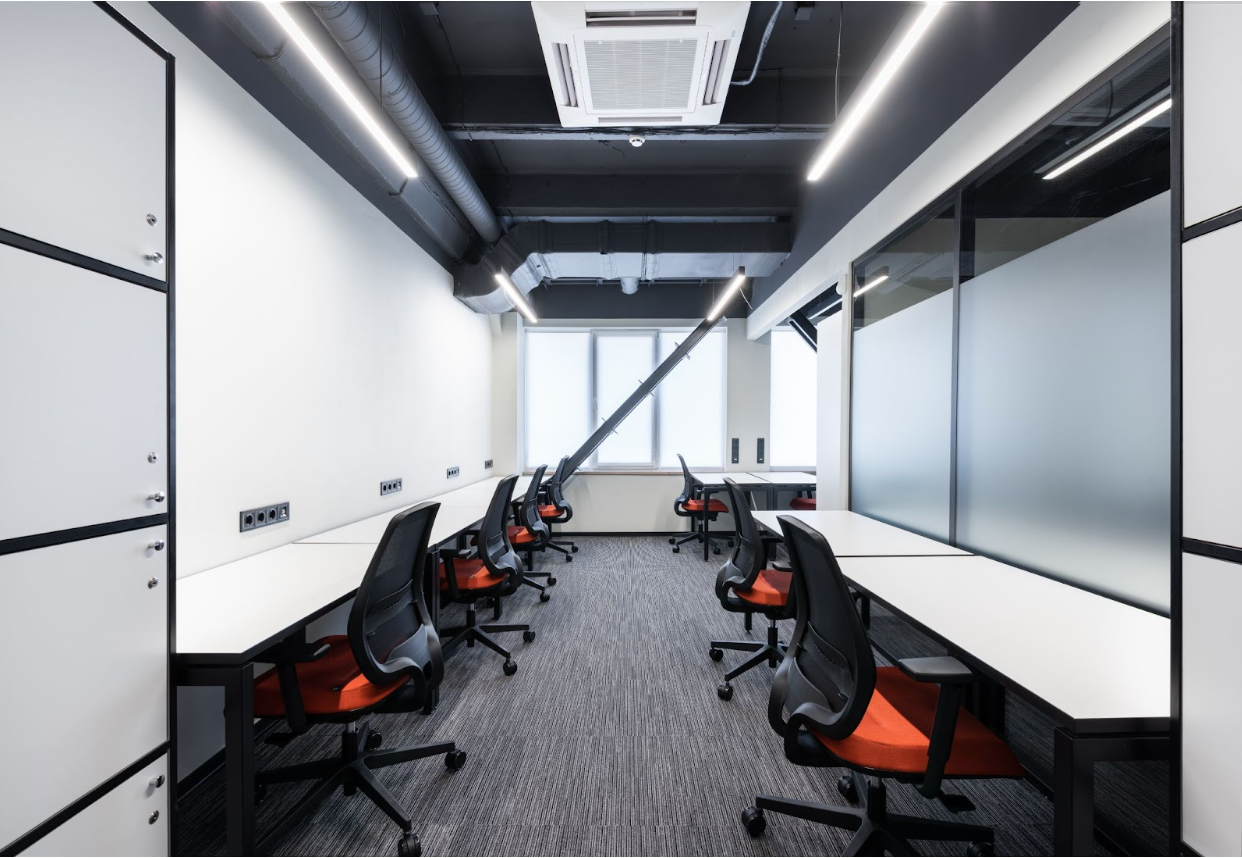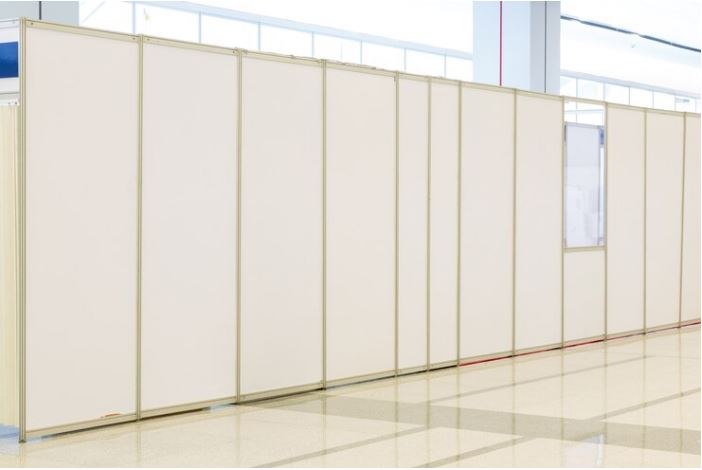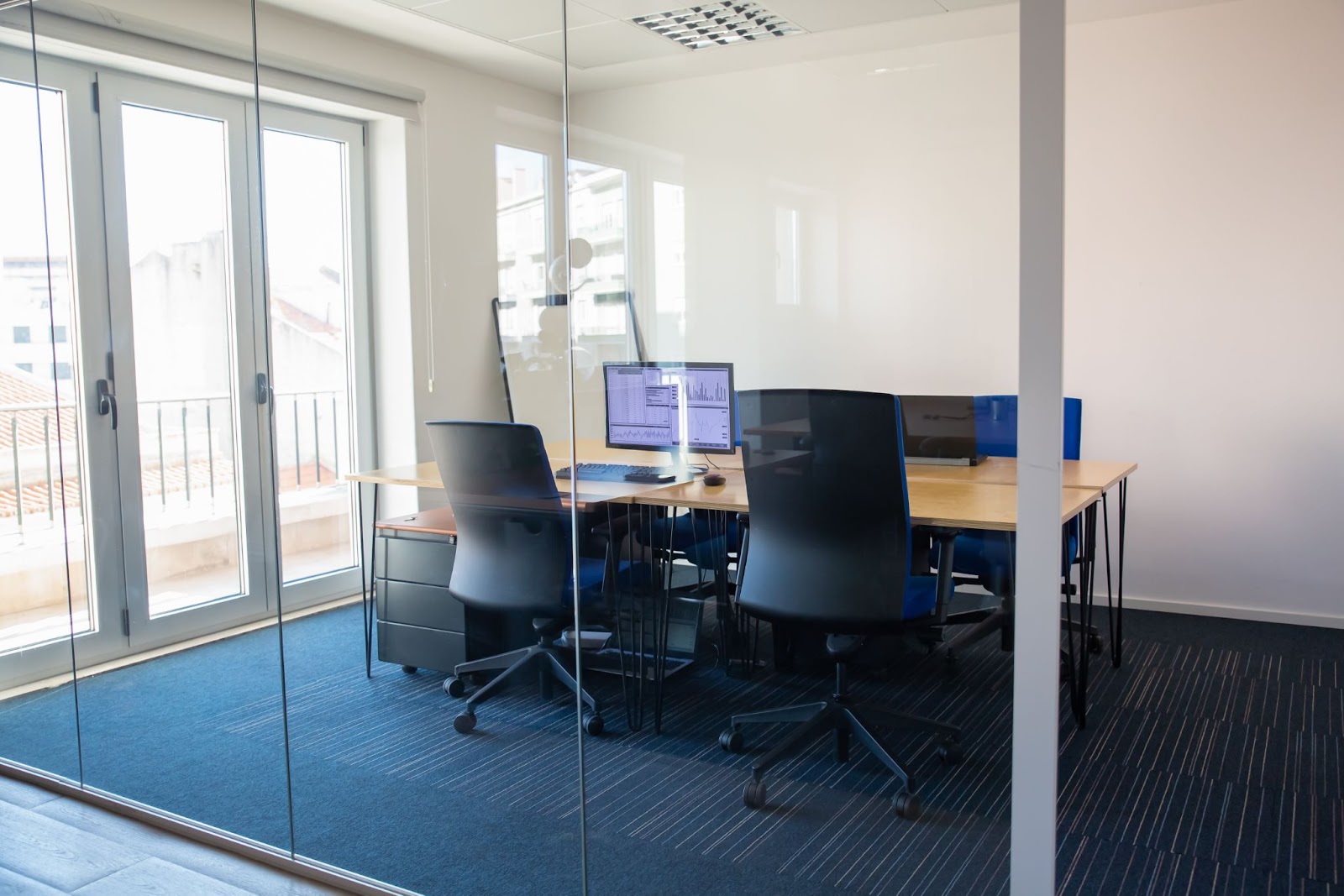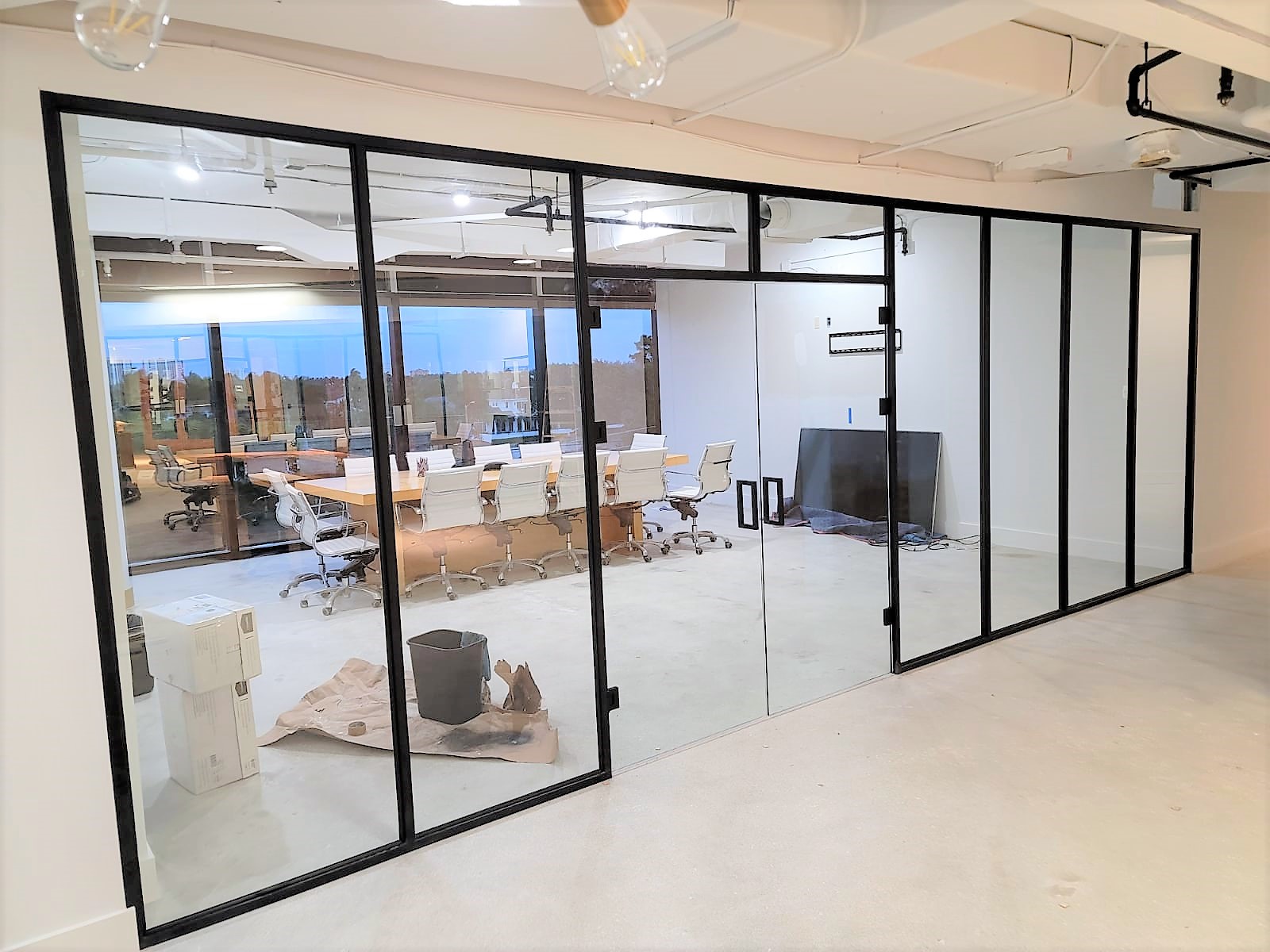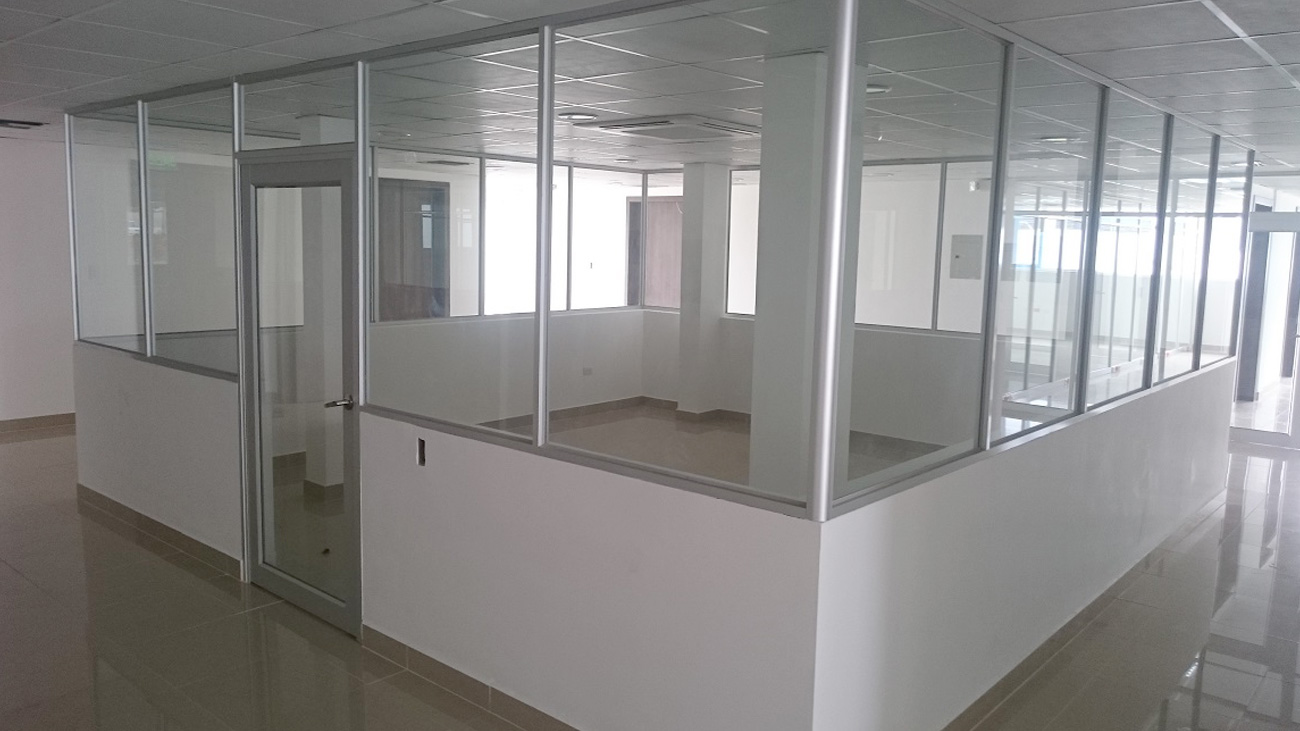Office partitions are more than just walls that divide up your space. They can also be used to create different zones for different types of work, promote collaboration, and improve employee well-being. In today’s modern office, office partitions are more important than ever before.
If you’re looking to update your office space with new partitions, here are some of the latest trends to keep in mind:
1. Glass partitions
Glass partitions are a popular choice for modern offices because they allow for natural light to flow through the space, creating a more open and airy feel. They also provide a degree of privacy without completely isolating employees from each other.
Glass partitioning can be customized in a variety of ways, such as by adding frosting or film for privacy, or by incorporating branding elements. They can also be used to create different types of spaces, such as conference rooms, private offices, and open work areas.
2. Acoustic partitions
Acoustic partitions are designed to reduce noise levels in the office, which can be a major distraction for employees. They are made from a variety of materials, such as fabric, felt, and wood, and can be used to create private spaces for meetings or phone calls, or to simply reduce the overall noise level in the office.
Acoustic partitions can also be used to create more visually interesting spaces. For example, they can be used to create feature walls, or to add pops of color and texture to the office décor.
3. Movable partitions
Movable partitions are a great option for offices that need to be flexible and adaptable. They can be easily moved around to create new workspaces or meeting areas as needed.
Movable partitions are available in a variety of materials, including glass, fabric, and metal. They can also be customized with branding elements or other decorative features.
4. Sustainable partitions
Sustainable partitions are made from recycled materials or materials that are harvested from sustainable sources. They are a good option for businesses that are committed to environmental sustainability.
Sustainable partitions are available in a variety of materials, including bamboo, cork, and recycled plastic. They can be used to create a variety of different spaces, such as private offices, conference rooms, and open work areas.
5. Biophilic design
Biophilic design is a growing trend in office interior design that focuses on incorporating natural elements into the workplace. This can include things like plants, natural light, and natural materials.
Biophilic design has been shown to have a number of benefits for employees, including improved mood, reduced stress, and increased productivity. Office partitions can be used to incorporate biophilic design elements into the office space in a number of ways. For example, they can be used to create living walls, or to incorporate natural materials such as wood and stone into the design.
6. Flexible and adaptable design
The modern workplace is more flexible and adaptable than ever before. Employees are increasingly working from different locations, and offices need to be able to accommodate a variety of different workstyles.
Office partitions can be used to create flexible and adaptable workspaces. For example, they can be used to create private offices that can be easily converted into meeting rooms, or to create open work areas that can be divided up into smaller spaces as needed.
7. Branding and culture
Partitions for office can also be used to promote your company’s branding and culture. For example, you can use partitions to incorporate your company’s logo and colors into the design, or to display company values and mission statements.
8. Health and wellness
Office partitions can also be used to promote employee health and wellness. For example, they can be used to create ergonomic workspaces, or to incorporate natural light and ventilation into the design.
9. Technology integration
Office partitions can also be integrated with technology to create more efficient and productive workspaces. For example, you can use smart partitions that can be controlled with a smartphone app, or partitions that incorporate built-in charging stations.
10. Fun and creativity
Office partitions can also be used to create a more fun and creative work environment. For example, you can use partitions to create graffiti walls, or to incorporate games and other activities into the design.
Conclusion
Office partitions are an important part of any modern office space. They can be used to create a variety of different spaces, from private offices to open work areas to meeting rooms. When choosing office partitions, it’s important to consider your company’s needs and goals. You should also consider the latest trends in office partition design to create a space that is both functional and stylish.

